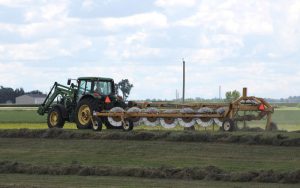
Of Doctors and Death: A data linkage study.
There is a long history in both epidemiology and public health of studying the health and mortality risk of doctors, and the proposed study aims to continue this trend. This history includes the famous ‘Doctors Study’ (with Doll, Bradford-Hill and Peto) which ran from 1951 until 2001 and provided some of the original and most conclusive evidence linking cigarette smoking and lung cancer (and later heart disease and stroke).












